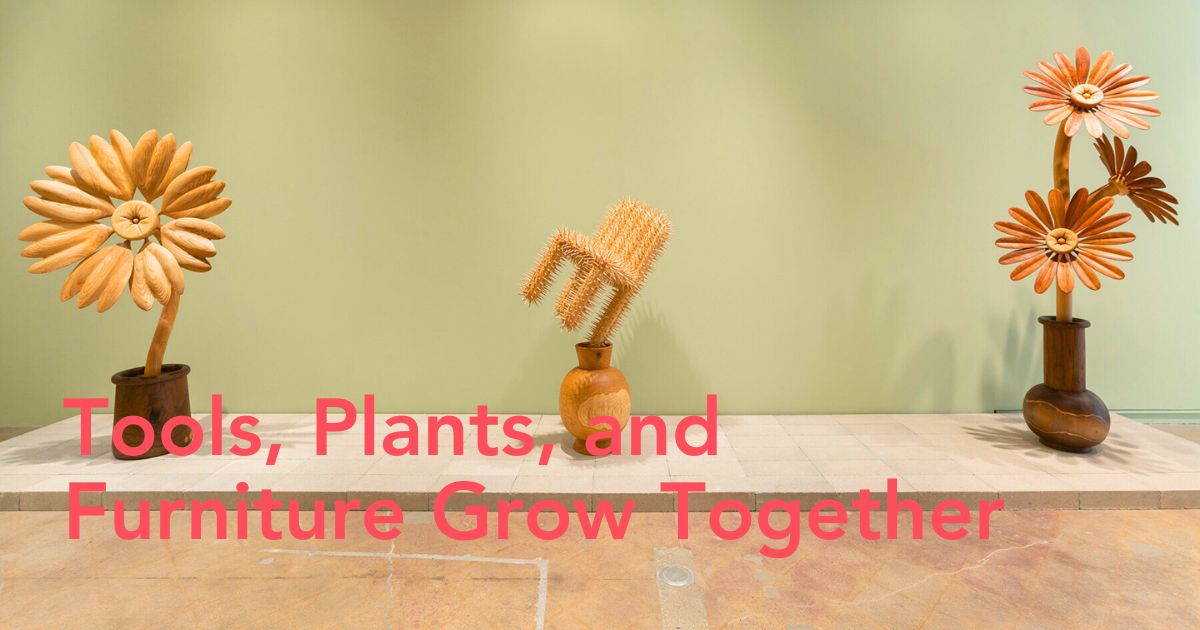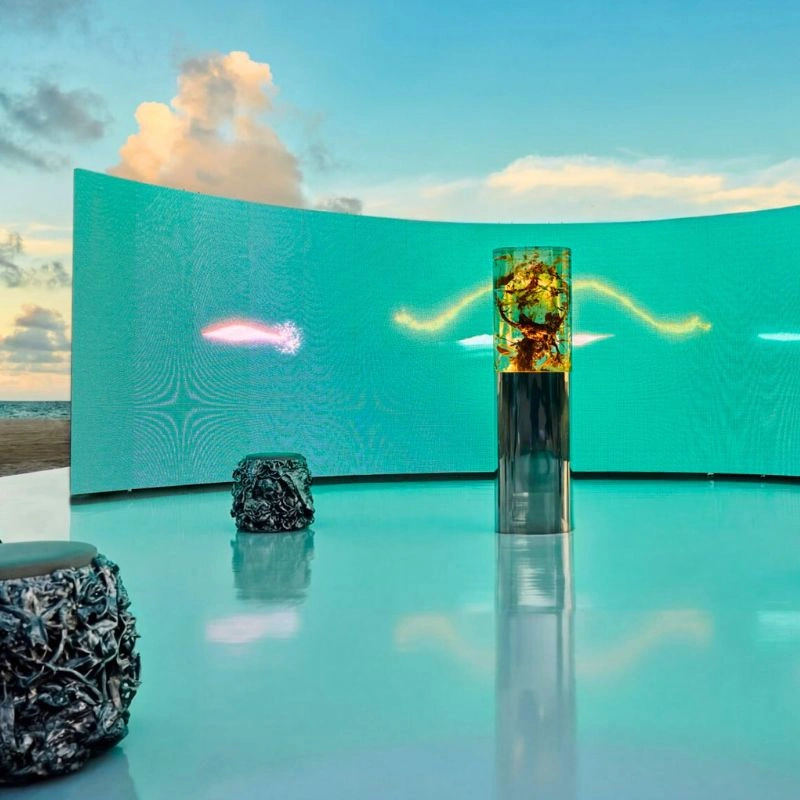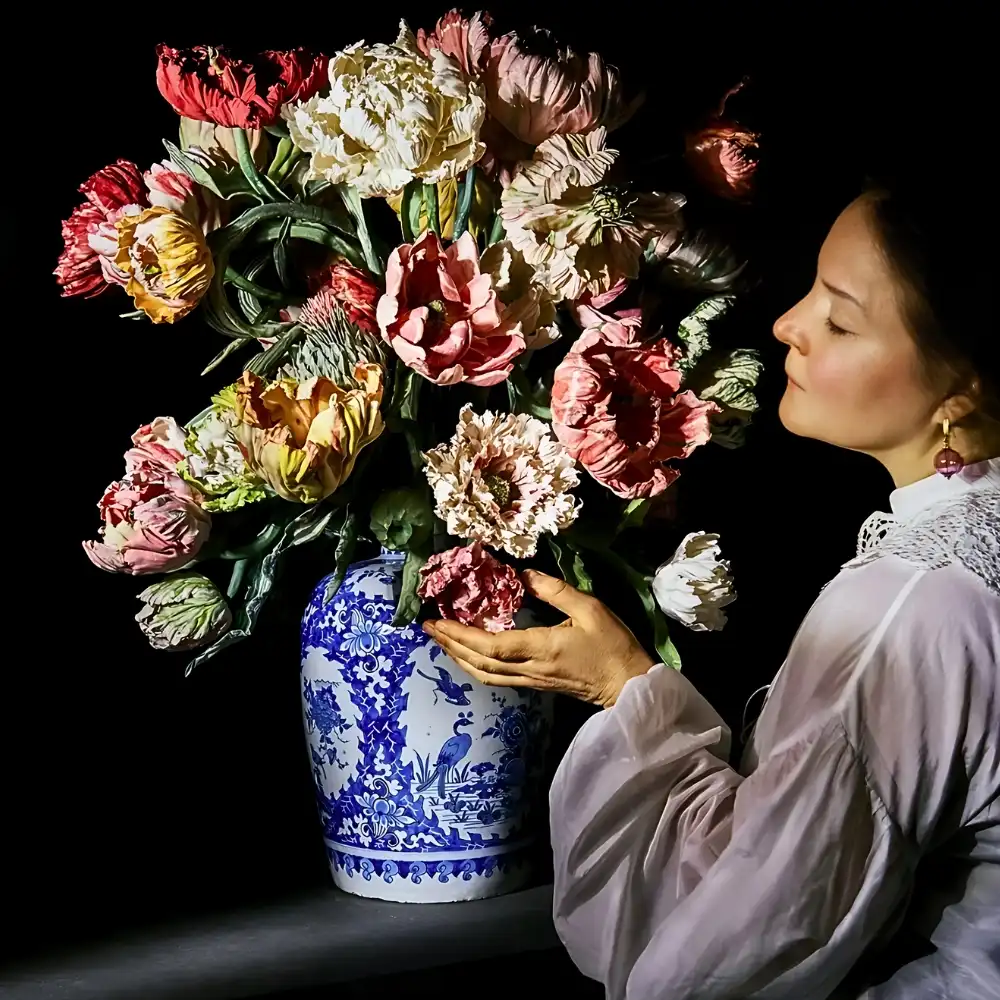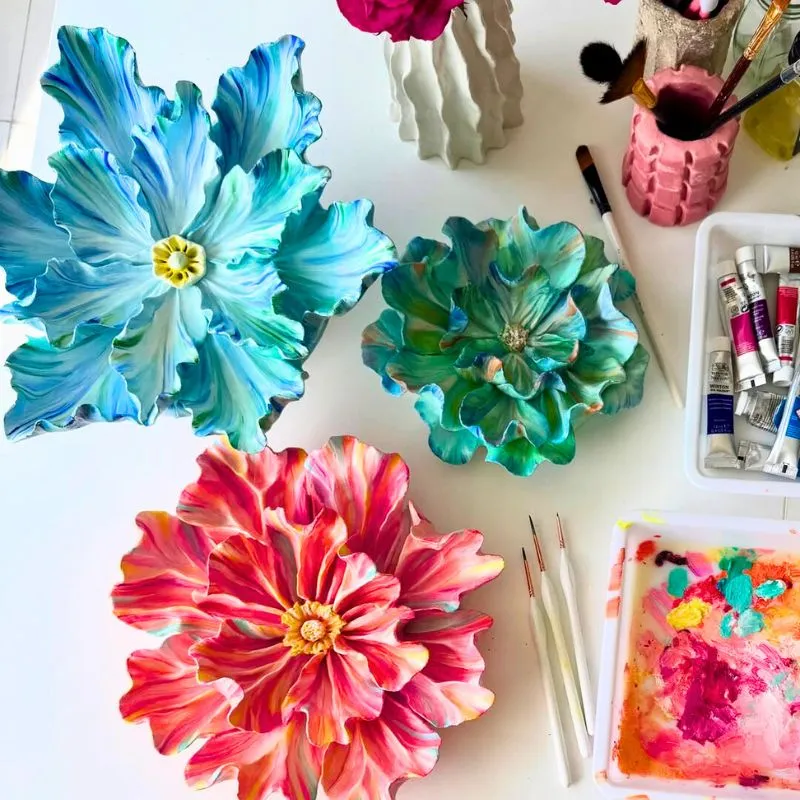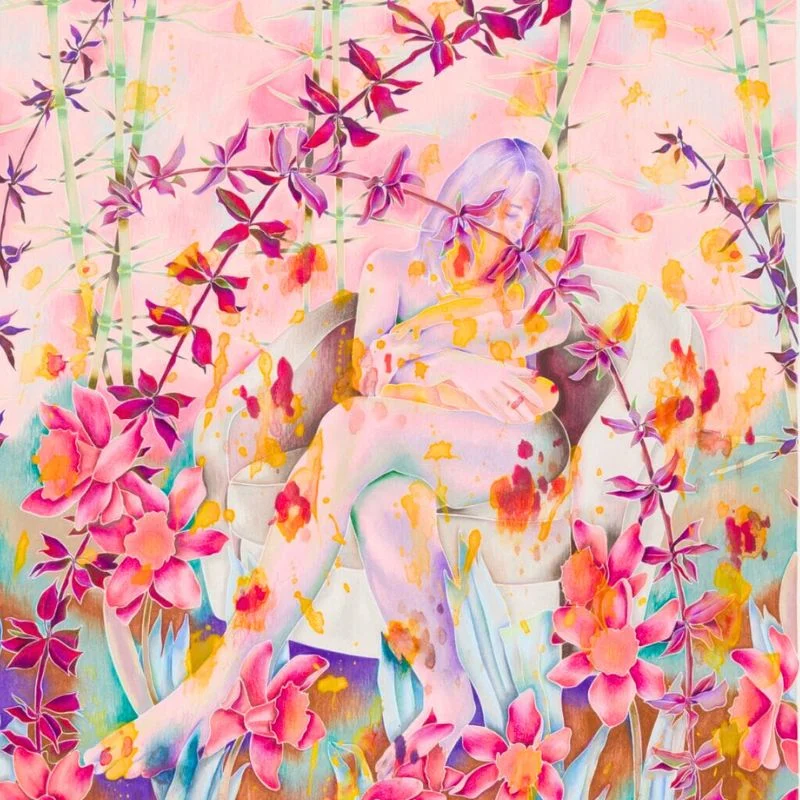Raul De Lara, a sculptor renowned for his extremely technical approach to woodworking, has his first solo museum exhibition in Texas through January 11, 2026, at the Contemporary Austin. De Lara creates bizarre and human shapes out of commonplace objects, such as furniture, plants, and tools. These pieces are repositories of humor, resiliency, and memory, among other symbolisms.
Wood Works - Raul De Lara’s Playful Take on Everyday Objects
Due to his heritage, De Lara is rooted in both Mexican and American manufacturing customs. After receiving training in Austin and then at Virginia Commonwealth University, he experiments with scale, humor, and magical realism while paying homage to traditional carpentry. His sculptures include furniture that has been reinvented with remarkable precision, as well as saints summoned from branches. He remembers watching artisans create these saints out of branches when he was a child.
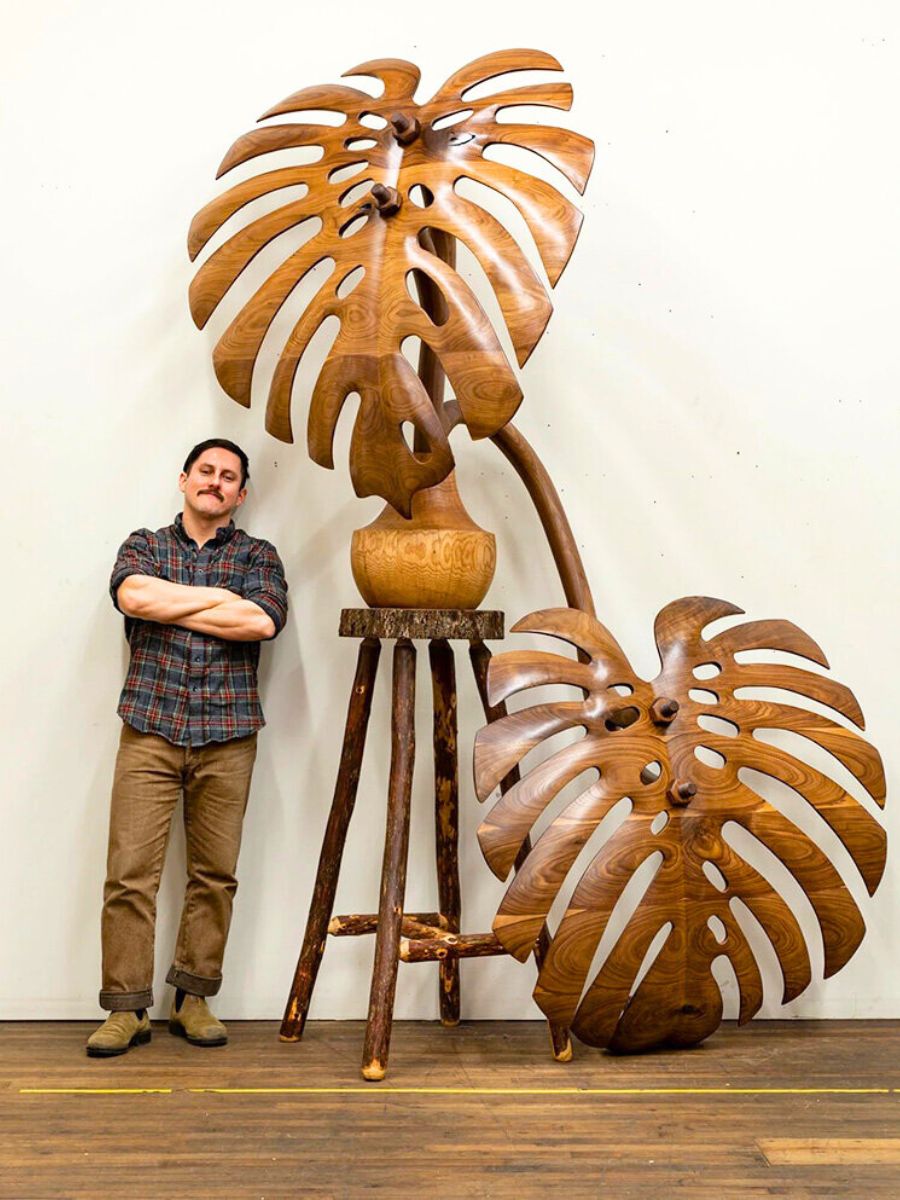
He shares:
"I always wonder, like, when does the branch become a saint?"
His work resonates in that liminal space between the sacred and the everyday, the familiar and the unfamiliar, the tool and the symbol.
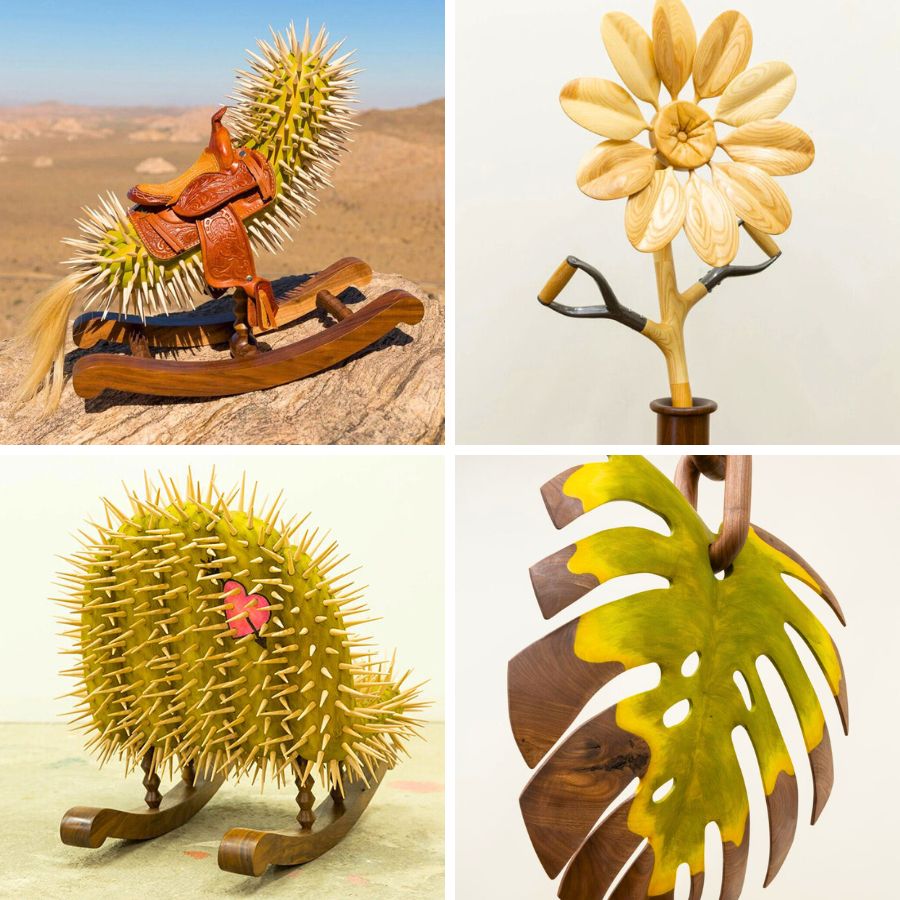
Seven New Works on View at the Contemporary Austin Exhibition
For the show in Austin, his hometown after immigrating to the US at age twelve, the artist completes seven new sculptures shaped from mesquite, walnut, cedar, and oak. The pieces reference wildflowers native to both Texas and northern Mexico, such as Damianita, Indian Blanket, and Sleepy Daisy. Their dual botanical origins parallel the artist’s own exploration of cultural hybridity and contested belonging.
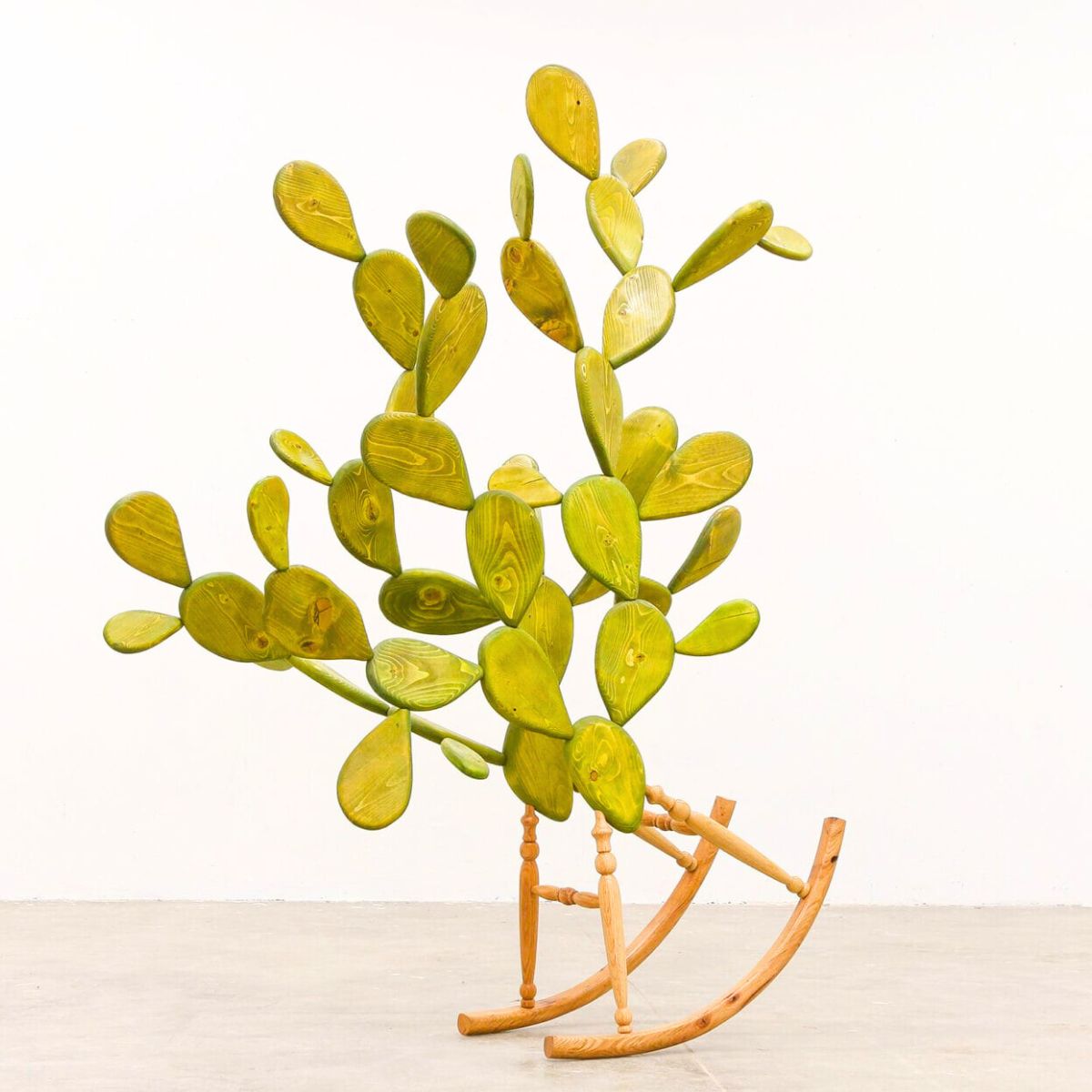
He asks:
"Why can plants be native to two places, but never people?"
By embedding this question into wood and form, the New York-based artist turns sculpture into a stage for negotiating identity and precarity.
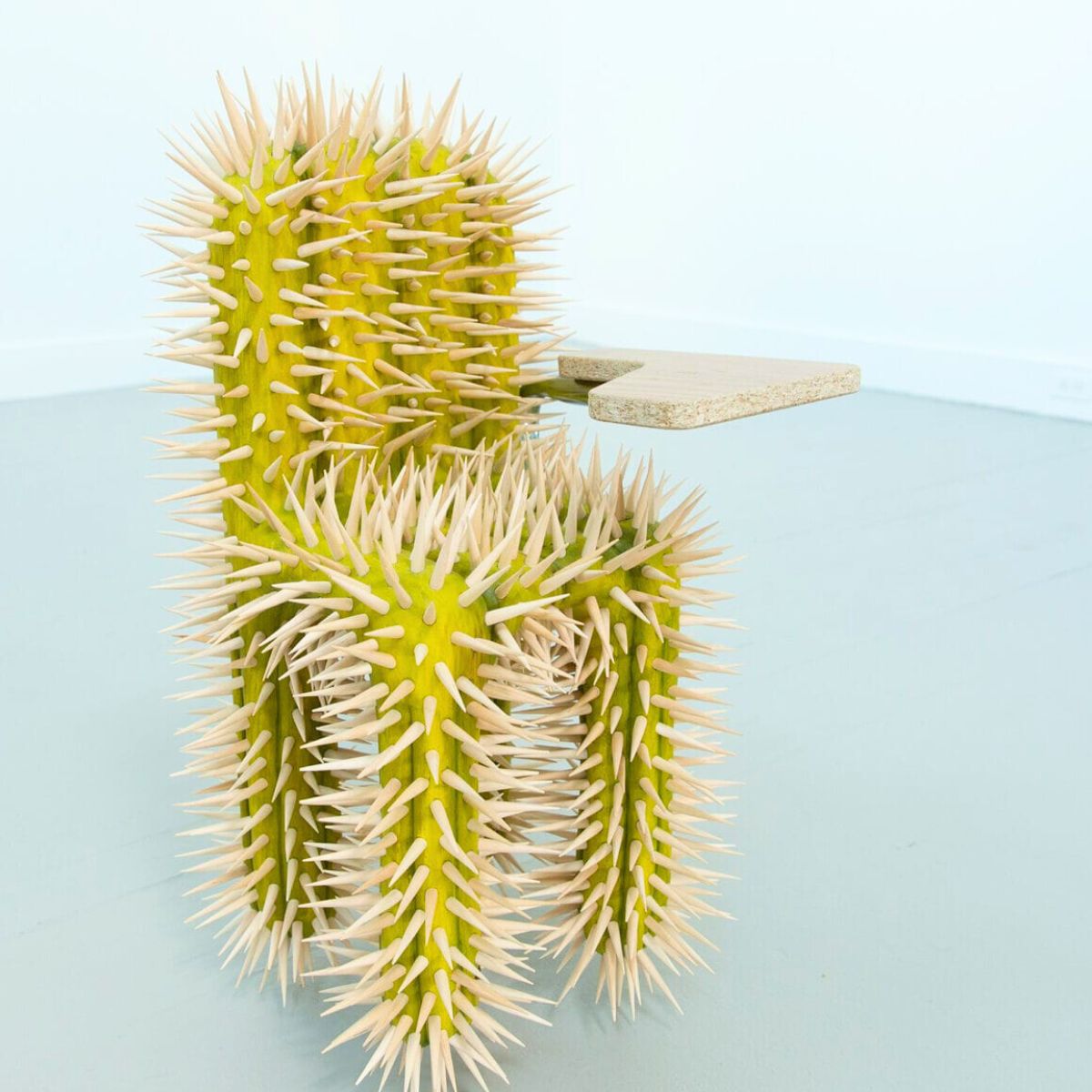
Raul De Lara emphasizes that the act of sharing is central to his practice. He believes that some of the best works are those that move beyond being mere objects, allowing a deeper connection with people. For him, art becomes meaningful when it encourages others to feel a sense of care or the desire to care. In Austin, his newly commissioned sculptures invite audiences to engage with beauty while also confronting difficult questions: who gets to belong, how stories are carved into materials, and why plants are granted a dual nativity that is often denied to people.
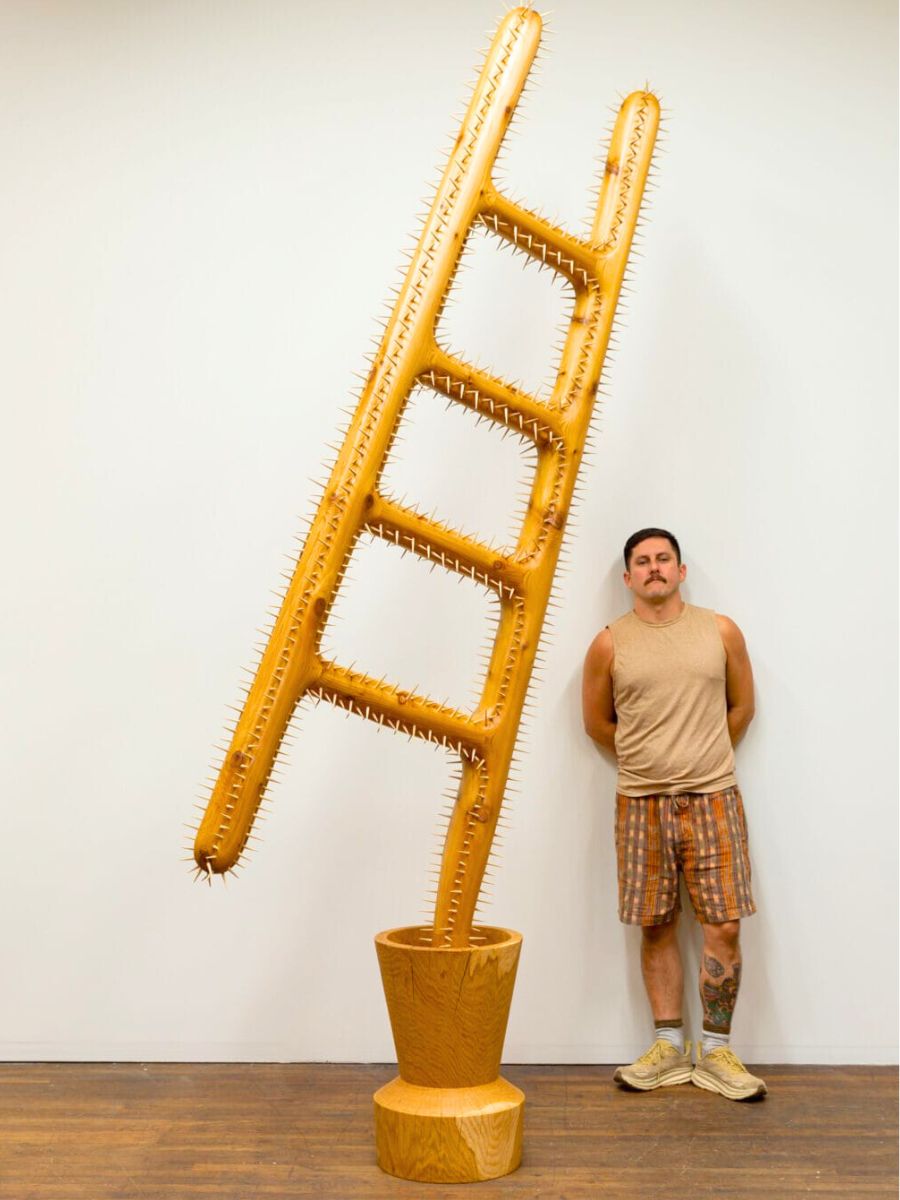
Raul describes the project as the most complex of his career. He explains that the works are deeply layered and carry a real possibility of failure—each one a kind of miracle to pull off, multiplied six times over. This balance of rigor and risk mirrors the precariousness of his legal and social position under DACA. In his reflections, the material and the political intertwine, with woodworking becoming both a technical dance with fire and a metaphor for life lived in limbo.
Photos by @broot_al

